In the intricate web of agricultural ecosystems, some of our most valuable allies have eight legs and are often misunderstood. Non-venomous spiders, though frequently feared or overlooked, play a crucial role in protecting crops from destructive pests. These natural predators serve as a frontline defense against insects that would otherwise devastate agricultural yields. As agricultural practices worldwide shift toward more sustainable and environmentally friendly approaches, the significance of these arachnids in integrated pest management strategies has gained well-deserved recognition. This article explores how these beneficial creatures help farmers protect their harvests while reducing the need for chemical pesticides.
Nature’s Pest Control Specialists

Non-venomous spiders function as nature’s pest control specialists, consuming significant quantities of harmful insects that damage crops. A single spider can devour hundreds of insects during its lifetime, including aphids, caterpillars, beetles, and other agricultural pests that cause billions of dollars in crop damage annually. Research has shown that spiders can consume approximately 400-800 million tons of prey annually on a global scale, making them one of the world’s most important groups of natural predators. Their voracious appetites make them particularly valuable in organic farming systems where chemical interventions are limited or prohibited.
Economic Benefits to Agriculture
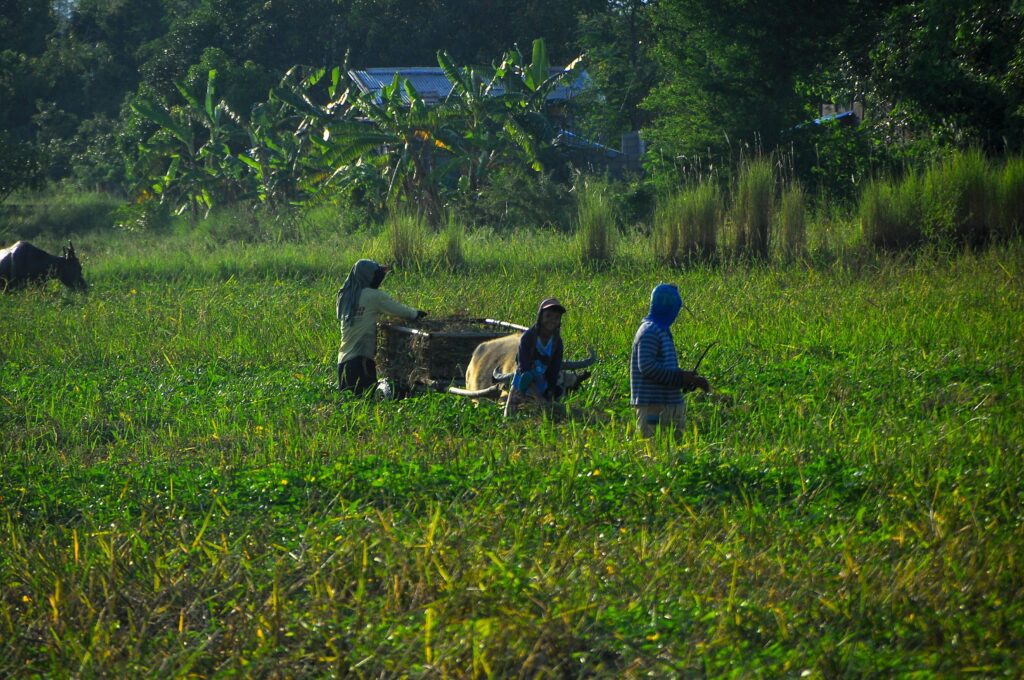
The economic value of spider populations in agricultural settings is substantial yet often underestimated. By naturally controlling pest populations, spiders help reduce crop damage and increase yields without additional input costs from farmers. Studies estimate that natural predators, including spiders, provide pest control services worth billions of dollars annually to global agriculture. In cotton fields alone, research has shown that maintaining healthy spider populations can reduce pest damage by up to 60%, translating to significant financial savings. These economic benefits extend beyond direct crop protection to include reduced pesticide expenses and decreased development of pesticide resistance in target pests.
Key Spider Families in Agricultural Settings

Several spider families play particularly important roles in agricultural pest management. Wolf spiders (Lycosidae) are ground hunters that actively pursue prey through crop fields, controlling soil-dwelling pests and intercepting migrating insects. Orb-weaver spiders (Araneidae) construct elaborate webs between plants that catch flying pests before they can damage crops. The jumping spiders (Salticidae), with their exceptional vision and hunting abilities, are particularly effective at controlling small insects on plant surfaces. Crab spiders (Thomisidae) are ambush predators that wait on flowers and leaves to capture visiting insect pests. Each family occupies a different ecological niche within the agricultural landscape, creating a comprehensive pest management network.
Round-the-Clock Protection
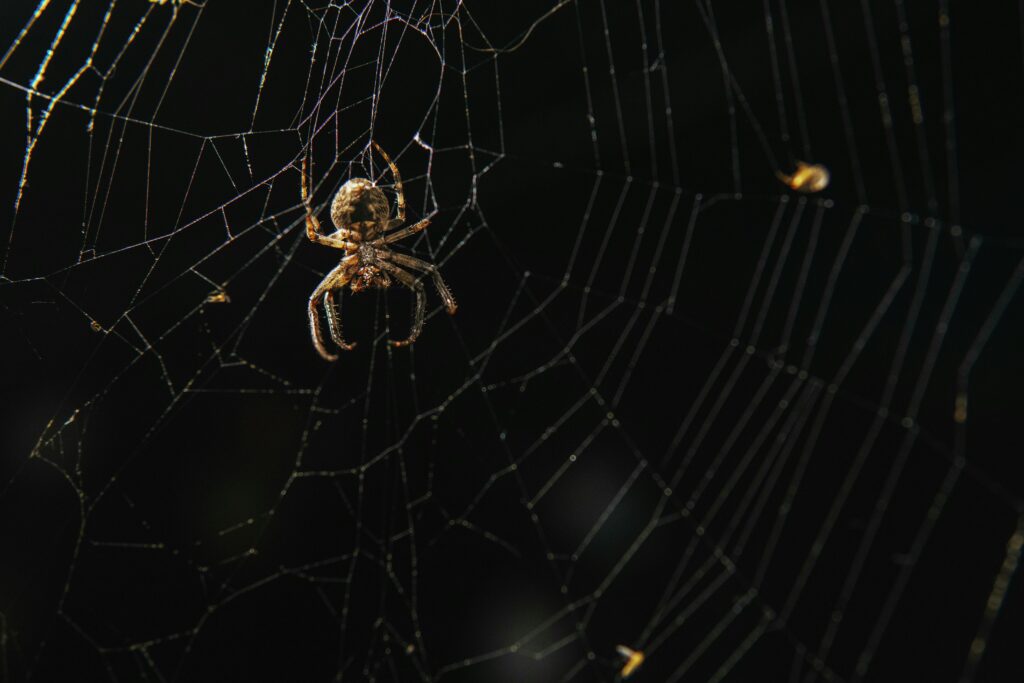
One of the unique advantages spiders provide is their continuous pest control services regardless of time or weather conditions. Many spider species remain active during weather conditions that would ground flying predators like birds or limit the effectiveness of certain pesticides. Nocturnal spider species continue hunting during nighttime hours when many insect pests are most active and when human intervention is impossible. Some spiders even maintain hunting activities during winter months in protected agricultural settings like greenhouses, providing year-round protection. This constant vigilance means crop protection doesn’t stop when the farmer leaves the field, creating an uninterrupted defensive barrier against pest infestations.
Reduced Need for Chemical Pesticides
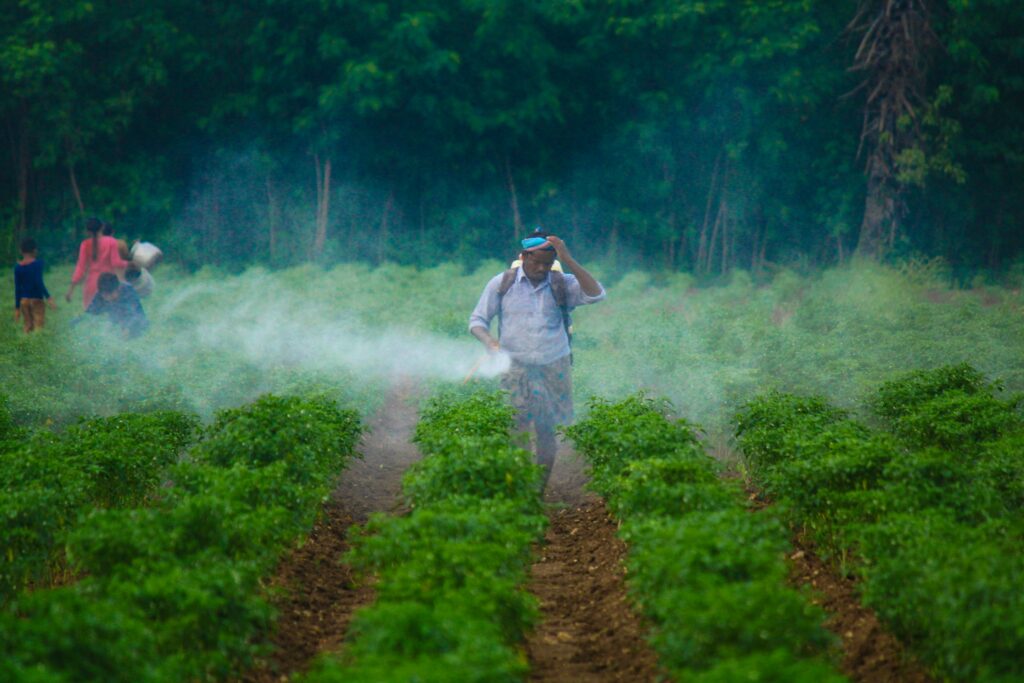
The presence of robust spider populations can significantly reduce farmers’ reliance on chemical pesticides, which offers multiple benefits. Pesticide reduction through biological control helps prevent the development of chemical resistance in pest populations, a growing concern in modern agriculture. Fewer chemicals in the agricultural environment protect beneficial insects like pollinators, which are essential for crop production but often harmed by broad-spectrum pesticides. Studies have shown that fields with healthy spider populations can achieve similar pest control outcomes with up to 50% less chemical application. This reduction also translates to lower environmental contamination of soil and water resources, creating healthier agricultural ecosystems.
Biodiversity Support Systems
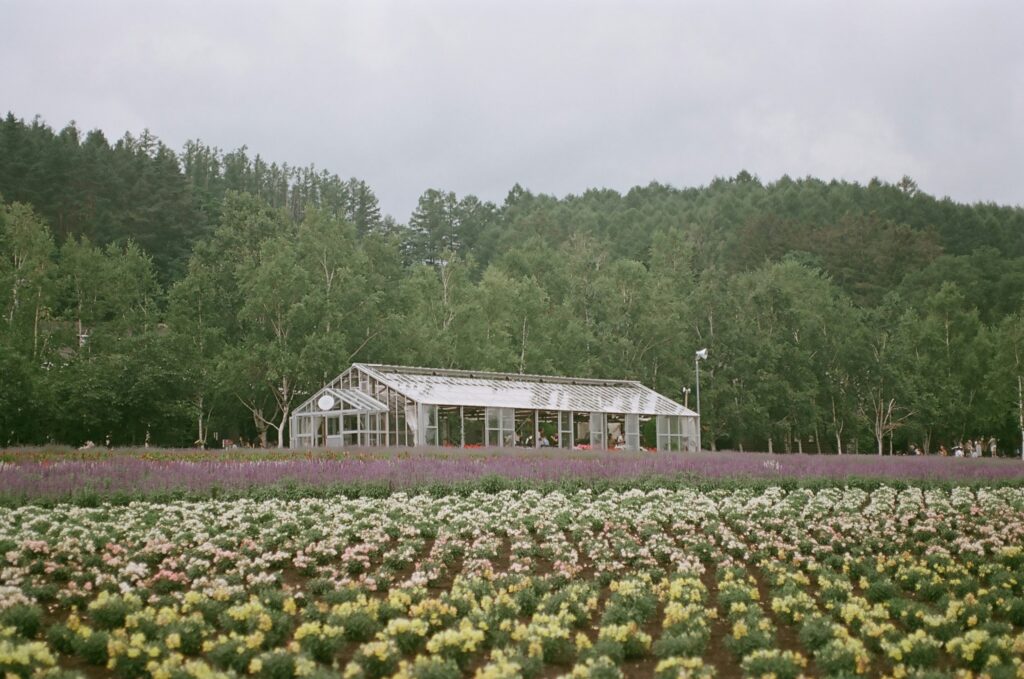
Spiders contribute to agricultural biodiversity, which creates more resilient and productive farming systems. Diverse spider communities provide redundancy in pest control functions, ensuring that if one species declines, others can still provide protection. Their presence supports complex food webs that include other beneficial organisms like birds and bats that also consume agricultural pests. Research shows that fields with diverse spider populations experience more stable pest control over time compared to monoculture systems with limited biodiversity. This ecological complexity represents a natural insurance policy against pest outbreaks and environmental fluctuations.
Adapting to Agricultural Landscapes

Non-venomous spiders show remarkable adaptability to various agricultural environments, from traditional farms to modern agricultural systems. Some species readily colonize crop fields after planting and adjust their hunting strategies to match the developing vegetation structure throughout the growing season. Urban and vertical farming operations benefit from spiders that can establish populations in controlled environments like greenhouses and hydroponic systems. Research indicates that certain spider species can even adapt to crop rotation practices, moving between different crops as fields are replanted. This adaptability makes spiders valuable across diverse agricultural settings and farming methodologies.
Challenges in Spider Conservation

Despite their benefits, spider populations face numerous challenges in modern agricultural landscapes. Intensive tillage practices disrupt soil-dwelling spider habitats and destroy overwintering sites for many beneficial species. Broad-spectrum insecticides often kill spiders alongside target pests, eliminating natural control agents and potentially triggering secondary pest outbreaks. Habitat fragmentation through large-scale monoculture reduces shelter areas and alternative prey sources that spiders need to maintain stable populations. Climate change is altering the synchronization between spider life cycles and pest emergence, potentially reducing their effectiveness as biological control agents. Addressing these challenges requires intentional management practices that consider spiders’ ecological requirements.
Creating Spider-Friendly Farms

Farmers can implement specific practices to support and enhance spider populations in their agricultural operations. Establishing permanent field margins, hedgerows, and beetle banks provides crucial overwintering habitat and refuge during field operations like harvesting. Reduced tillage or no-till farming preserves soil structure and protects ground-dwelling spider species that might otherwise be displaced or killed. Cover cropping between main crop seasons maintains habitat continuity and food sources for spider populations throughout the year. Implementing targeted pesticide applications rather than broad-spectrum spraying helps preserve spiders while still addressing specific pest problems. These spider-friendly practices often align with other sustainability goals like soil conservation and water quality protection.
Measuring Spider Impact

Scientists employ various methods to quantify the impact of spiders on crop protection and agricultural productivity. Exclusion experiments, where spiders are physically prevented from accessing certain plots, allow researchers to measure differences in pest damage between protected and unprotected areas. DNA analysis of spider gut contents provides precise information about which pest species different spiders are consuming in field conditions. Advanced monitoring technologies like time-lapse photography and video analysis help document predation events that might otherwise go unobserved. Economic analyses translate these biological benefits into financial terms that farmers and policymakers can use in decision-making processes, demonstrating the monetary value of conserving spider populations.
Integration with Other Beneficial Organisms
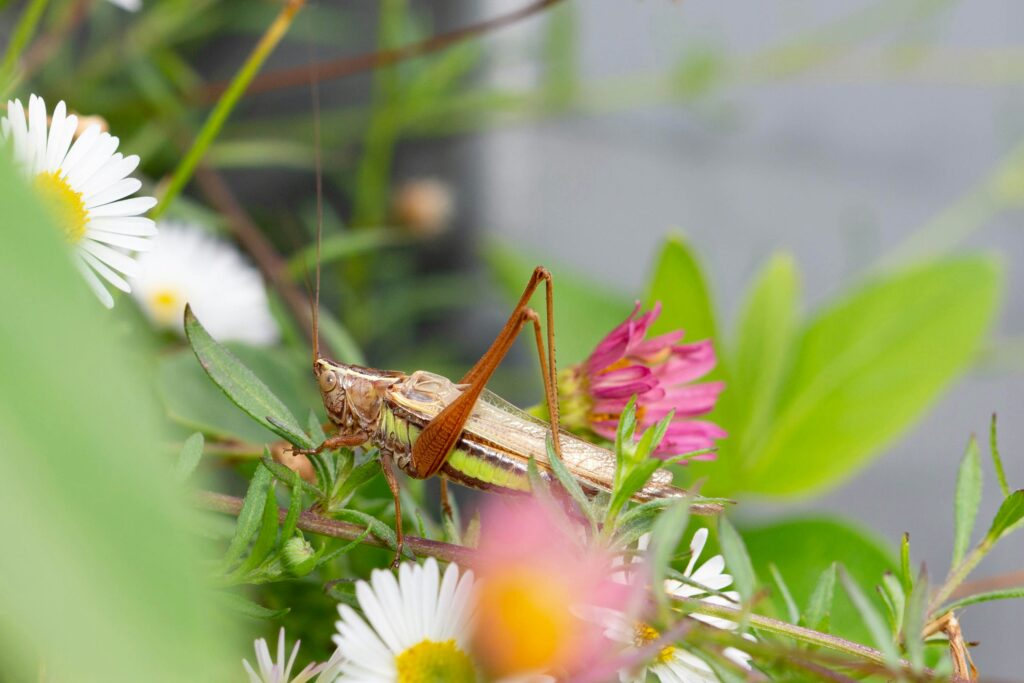
Spiders function most effectively as part of an integrated biological control system working alongside other beneficial organisms. Research shows that spiders often complement the pest control services provided by parasitoid wasps, predatory beetles, and birds, with each group targeting different pest life stages or behaviors. In properly managed systems, these diverse predators create a comprehensive pest management network with multiple layers of protection. Studies demonstrate that fields supporting both spiders and other natural enemies experience fewer pest outbreaks and more stable yields than those relying on a single control method. This synergistic relationship highlights the importance of conserving entire beneficial communities rather than focusing on single species or control tactics.
Educational Challenges and Opportunities
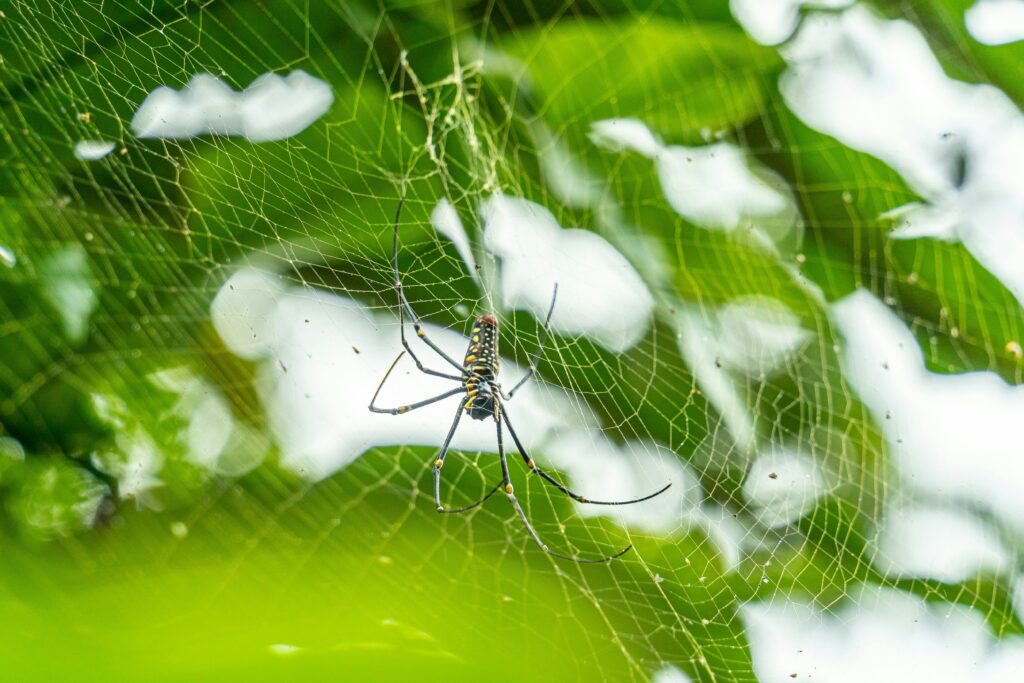
Public perception remains one of the biggest challenges to fully utilizing spiders in agricultural pest management. Arachnophobia and general misunderstanding of spiders’ ecological roles often lead to unnecessary removal or destruction of these beneficial creatures. Agricultural education programs increasingly include information about beneficial predators like spiders to help farmers recognize and protect these natural allies. Extension services in many countries now offer identification guides specifically for agricultural spiders to help distinguish beneficial species from occasional pests. Changing perceptions requires ongoing effort from scientists, educators, and farmers to highlight the positive contributions these eight-legged allies make to sustainable food production.
Future Research Directions

The field of spider-based biological control continues to evolve, with several promising research avenues emerging. Scientists are investigating how habitat management can be optimized to support specific spider assemblages that target the most problematic agricultural pests in different regions. Genetic research is exploring how spider populations adapt to agricultural landscapes and whether certain traits could be encouraged through selective habitat management. Climate change adaptation studies are examining how spider communities might shift under different warming scenarios and what this means for future pest control services. Interdisciplinary research combining entomology, ecology, and agricultural economics aims to develop holistic approaches that maximize the benefits spiders provide while addressing practical farming considerations.
As agriculture faces increasing challenges from pest resistance, climate change, and environmental concerns about chemical controls, the humble spider represents a sustainable solution that has been hiding in plain sight. By recognizing, protecting, and enhancing the role of non-venomous spiders in our agricultural systems, we can harness millions of years of evolutionary pest control expertise. These natural allies offer farmers around the world an elegant solution to one of agriculture’s most persistent challenges, proving that sometimes the best agricultural innovations aren’t created in laboratories but have been quietly working in our fields all along.

